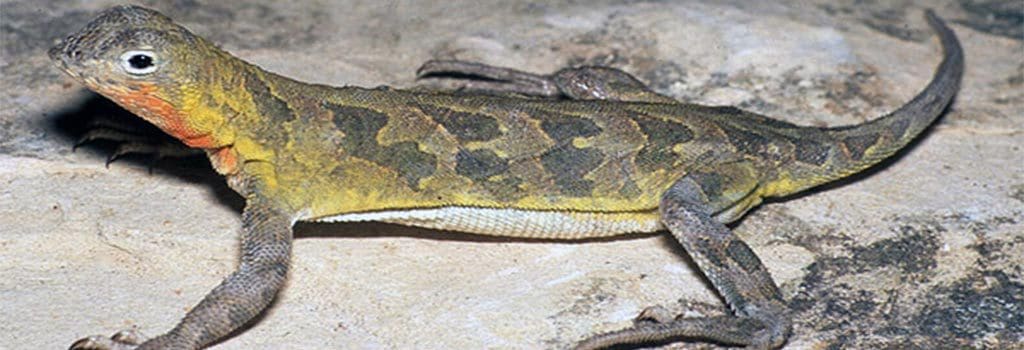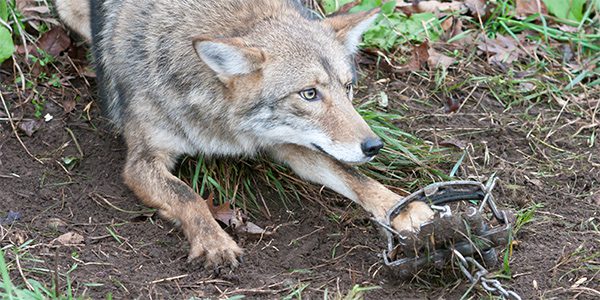Endangered + threatened reptile species
25 Years of Protecting Reptiles
Reptiles are the strong, silent types of the animal kingdom. Scaly and cold-blooded, reptiles are adapted for efficiency – they require much less energy to survive than warm-blooded animals and can survive longer without food. Being cold-blooded means that they take on the temperature of their surroundings – this is why lizards bask in the sun to warm up after a cold night in the desert, and why snakes hide out under rocks to escape the mid-day heat.
Reptiles are an ancient, versatile lineage and are represented on every continent except Antarctica. Reptiles include tortoises, turtles, snakes, lizards, alligators, and crocodiles, though turtles are so genetically distinct that many scientists recommend treating them as their own class. Most reptiles lay eggs, though a few, like the desert night lizard, retain the eggs long enough that they hatch in utero, and the mother gives birth to live young. Reptile mating rituals can be quite fascinating, as with Gila monsters, the males of which vie for access to a female by engaging in wrestling matches that can last up to 12 hours.
There are about 9,000 described species of reptile worldwide, 467 of which are considered endangered by the IUCN’s 2010 Red List – 28 percent of the species evaluated. Almost 80 percent of reptile species are still waiting for an evaluation. The greatest threat to reptile populations worldwide is habitat loss, particularly deforestation. The most charismatic of reptiles are threatened by uncontrolled collecting for the pet trade. Even these tough, resilient species may not be able to hold out against the threats they face, and without help, many of them may succumb to the current extinction crisis.

Endangered Reptiles
Learn more about the threatened and endangered reptile species we work to protect. More about endangered reptiles >
